Content
Zucchini is a hypoallergenic, low-calorie vegetable that is rich in microelements and vitamins. It is not surprising that zucchini has become a favorite crop for many summer residents and gardeners. Besides they are very simple and easy to care for: the plant does not require complex processing, strict adherence to feeding and watering schemes - the zucchini grows almost on its own. By planting just a couple of bushes on his plot, a good owner will provide the whole family with healthy vegetables, because zucchini is also very productive.
You can learn about what types of zucchini there are and how the varieties of this crop differ from this article. And besides, get acquainted with the varieties of zucchini, with their photos and descriptions.
Classification of varieties
Like all vegetable crops, zucchini is divided into several subspecies according to the following characteristics:
- ripening periods (early, middle, late ripening);
- type of pollination (bee-pollinated or non-pollinated);
- method of planting (in open or closed ground);
- origin (hybrids or varieties);
- intended purpose (for sale, canning, eating raw or in salads, for preparing caviar).
Each owner himself chooses the varieties of zucchini that are most suitable for him, taking into account the characteristics of his site and plans for the future harvest.
Disembarkation methods
When choosing a variety of zucchini, first of all, you need to think about how to plant the seeds. In the northern regions, it is better to prefer late-ripening types of zucchini; they are planted in the ground when the air temperature stabilizes and there is no threat of frost.
If you want to treat yourself to early vegetables, you can plant zucchini in a greenhouse or greenhouse. For these purposes, early ripening varieties of zucchini are chosen, which quickly ripen and produce early harvests.
Zucchini is mainly planted by seeds - they germinate quickly and do not require special care. Fans of early-ripening vegetables can also plant zucchini using seedlings.
"Chaclun"
A variety of zucchini intended for cultivation in open ground. “Chaklun” is characterized by long fruiting and early ripening - the first fruits appear already on the 45th day after planting the seeds in the ground.
The bushes grow small and compact. The plant is resistant to some fungal infections.
Young zucchini should weigh up to 0.5 kg and have a smooth light green skin. An increase in the size of the fruit and the appearance of ribs on its surface indicate that the vegetable is overripe and unsuitable for consumption.
The pulp of this variety of zucchini is tender, dense, with a “signature” zucchini aroma. Vegetables are suitable for salads and side dishes, as well as for casseroles and canning.The fruits have good shelf life, which allows them to be transported over long distances and sold.
"Karisma F1"
The hybrid variety is characterized by high yield - about a dozen ripe fruits can be removed from each bush, new ovaries appear over a long period of time.
The bushes grow powerful, with abundant foliage and strong shoots. The fruits themselves are cylindrical in shape and have light green skin. The pulp of zucchini is juicy and has a pleasant taste.
The Karisma F1 variety is successfully used for preparing various dishes, as well as for canning and pickling.
Early ripening (45-47 days after planting the seeds), ease of care, increased resistance to cold and frost have made the hybrid one of the best-selling. Zucchini tolerates transportation and storage well, does not deform or rot.
"Skvorushka"
This variety belongs to the subspecies of zucchini - zucchini. Zucchini peel is dark in color and has a more delicate texture.
The first zucchini of this variety can be obtained already on the 55th day after planting the seeds. The fruits grow long and cylindrical. Their weight often reaches 700 grams, and there are also kilogram “Skvorushka” zucchini.
The bushes grow massive and climbing, have many ovaries. The variety bears fruit for a long time and produces high yields.
Zucchini has tasty pulp; they make good caviar, salads, casseroles and other dishes. Like all zucchini, “Skvorushka” tolerates transportation and storage well, maintaining its presentation for a long time.
"Pharaoh"
This hybrid is one of the most resistant varieties of zucchini - it tolerates low temperatures, low light, and prolonged drought. With such unpretentious care, “Pharaoh” produces some of the highest yields.
The first zucchini of this variety can be removed from the bush within 55 days after sowing the seeds. The fruits grow long and massive - their weight often reaches one kilogram. The color of the zucchini peel is dark green, close to black.
The plant bears fruit for a long time, which allows for abundant harvests. The pulp of zucchini is sweet and aromatic, they are perfect for any type of processing.
"White-fruited"
This variety is best grown in a greenhouse or greenhouse - zucchini loves warmth and humidity. But in the southern regions, Beloplodny zucchini can be planted in open ground.
The fruits ripen very early - already on the 36th day after sowing the seeds, young vegetables will begin to appear. The bushes grow compact, but have well-developed lateral branches. The color of the fruit is white (as indicated by the name of the variety), the shape is pear-shaped. The weight of one zucchini of this variety ranges from 900-1000 grams.
The plant is hardened against most diseases and infections characteristic of zucchini. The bushes tolerate high humidity and insect pest attacks well. The yield of the variety is high, which, together with good keeping quality, allows you to grow “Beloplodny” not only for personal needs, but also for sale.
Maturation speed
Zucchini varieties are also divided according to the speed of ripening. When buying seeds, you should not neglect such a factor as the ripening period of vegetables.
Early zucchini They begin to bear fruit already on the 37th day after planting in the ground. These fruits do not have good shelf life or high taste, but they provide consistently high yields, which is especially appreciated by those who sell fresh vegetables.
Mid-season varieties must be chosen by those who appreciate the taste characteristics of zucchini - the fruits have a rich taste and are suitable for preparing a variety of dishes and canning.
Late ripening zucchini grown in northern regions, where summer comes late and does not last long. Such fruits are best stored; if you put the zucchini in the cellar, they can last until spring.
"Iskander F1"
Zucchini belongs to the super-early variety; it can be planted both in open ground and in greenhouses. To plant on the site, you need to wait for the first warmth; cold nights and light frosts are not scary for the plant.
For greenhouse cultivation, you can build a temporary greenhouse. To do this, PVC pipes are used, they are bent and installed on the ground. These arcs are covered with agrofibre or thick film. Under cover, zucchini ripen earlier and bear fruit better.
The bushes of this variety are low and not spreading, and the fruits themselves are small. Their length can reach only 17 cm, but it is better to pick zucchini that is about 12 cm long. Young zucchini has thin skin and tender seedless flesh.
The variety is excellent for growing for sale; the vegetables last a long time and tolerate transportation well.
"Aral F1"
The early-ripening hybrid produces the first fruits already on the 45th day after sowing the seeds. Excellent for growing in open ground, as it is not afraid of frost and heavy rain.The vegetable is also well adapted to greenhouse conditions - it does not suffer from root rot and is not infected with mold, the most common ailments of greenhouse crops.
Zucchini grows small, has a spindle shape and soft green skin. If harvested at the wrong time, the zucchini will become pear-shaped and the skin will become rough and dense.
Like all hybrids, "Aral F1" produces good yields.
"Cavili F1"
The parthenocarpic hybrid is an early ripening hybrid, ripens quickly and produces abundant harvests. Suitable for growing in greenhouses and open ground, but requires special attention. Zucchini variety "Kavili F1" needs regular watering and good feeding, this is the only way to get high yields.
Young fruits have very delicate pulp and thin skin, and are distinguished by an extraordinary taste and aroma. Fruits collected at the wrong time are not inferior in all qualities to young zucchini - they retain both taste and tenderness. This allows for less frequent harvesting and makes it easier to care for vegetables.
The hybrid does not need insects for pollination; it is self-pollinating. The plant rarely gets sick and is resistant to pests.
"Quand"
One of the mid-season varieties is the Kuand zucchini. It has an unusual appearance - a striped peel, colored in dark green and light green stripes.
The plant is very resistant - it tolerates drought, excess humidity, cold weather or lack of sun. This variety is not afraid of pests and diseases - it is immune to them.
The taste of this variety of zucchini is also excellent - it is suitable for salads and caviar.
The only caveat is the rapid overripening of the fruits. If the zucchini are harvested at the wrong time, their skin will become too tough and the flesh will be hard and tasteless.
Unusual varieties of zucchini
Zucchini does not always have an elongated shape and green color, there are also more exotic varieties. Some of them have an interesting shape, others have fancy colors, and others have non-standard sizes. These “exotics” are just as edible as regular varieties, and sometimes surprise with their unusual taste and aroma.
"Spaghetti Raviolo"
Externally, this exotic variety is not very different from the usual zucchini - however, its shape is round, and the peel has a yellowish tint.
The bushes of this plant surprise with their powerful growth and abundance of foliage; many ovaries appear on them. With good care, the fruits grow up to 900 grams. At a young age, these zucchini are practically no different from the usual varieties - they have the same pulp and aroma.
However, if you pick the fruit at the wrong time, it becomes rougher and has a dense, hard skin. If you cut it, you can see an unusual pulp consisting of long fibers.
The cooked pulp of the Spaghetti Raviolo variety of zucchini is similar in appearance to spaghetti, only it is much healthier than regular pasta. The fruits store well, which allows you to prepare amazing dishes from them all year round.
"Calabash Lagenaria"
Another unusual variety is the “Lagenaria Calabasa” zucchini. A very productive hybrid - up to 40 kg of fresh fruit can be collected from one powerful and spreading bush. To get such a quantity of zucchini, the plant needs to be well looked after, watered and fertilized on time.
Young fruits have a delicate green hue, thin skin and a pear-like shape. They taste no different from other zucchini and are perfectly cooked, canned and pickled.
However, once the “Lagenaria Calabassa” zucchini becomes a little overripe, they become unsuitable for consumption.But they are used to make decorative dishes and vases - their unusual shape and very hard walls contribute to the “longevity” and practicality of such vessels.
"Lagenaria vulgaris"
This is probably the most amazing variety of zucchini. The bushes grow very large and have long vines that need to be tied to a trellis or support. The fruits have an elongated shape, their length can reach 170 cm, and their weight is 12 kg! This allows you to get crazy yields.
You can only eat young zucchini of the Lagenaria vulgaris variety; their maturity is checked with a fingernail - if the peel is easily pierced, you can still eat the zucchini. Overripe fruits, as in the previous variety, are used in arts and crafts.
This variety has an unusual quality - zucchini can be cut directly from the garden, the cut area becomes crusty, and the vegetable can grow further. The pulp of the fruit is tasty and is used for a variety of purposes.
Which varieties are better
There are no best varieties of zucchini, there are those most suitable for certain conditions. If you need to surprise your guests, plant exotic zucchini with unusual fruits. When the result is important, productive hybrids are chosen. Parthenocarpic crops that have been hardened against infectious diseases and rot are more suitable for the greenhouse.
Each variety of zucchini is good in its own way. The only thing that unites them is unpretentiousness and precocity.
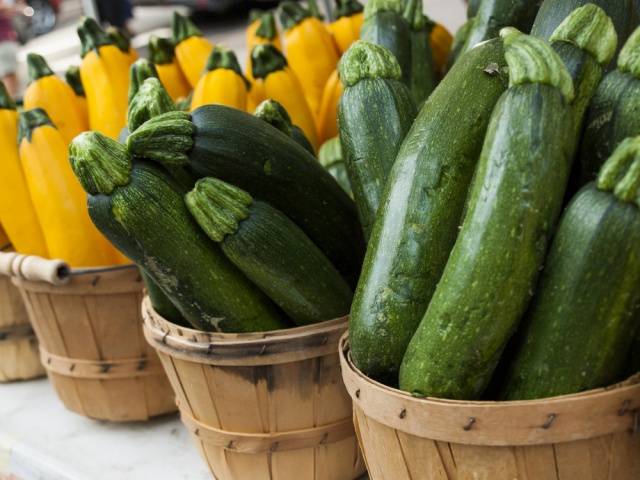
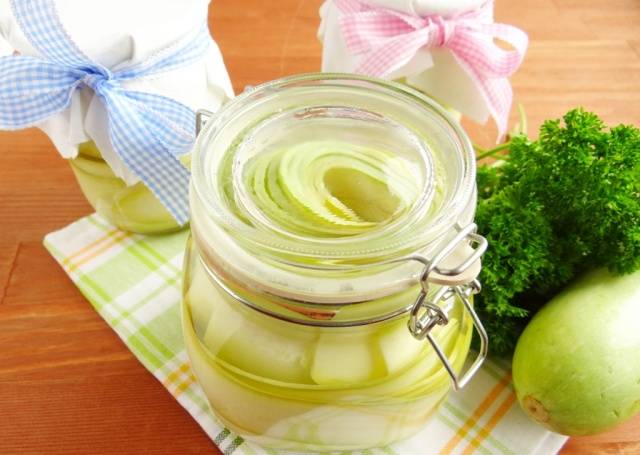
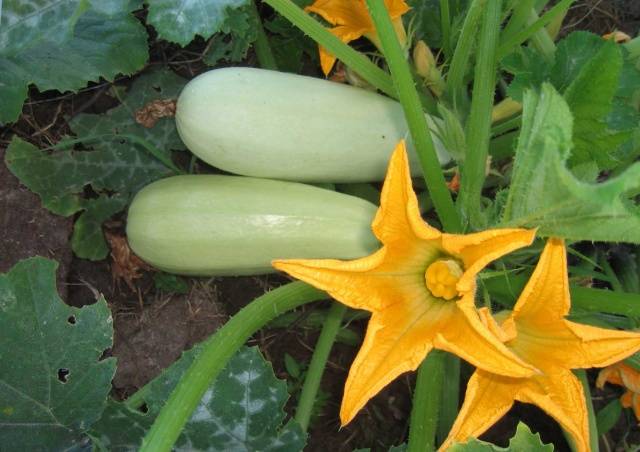
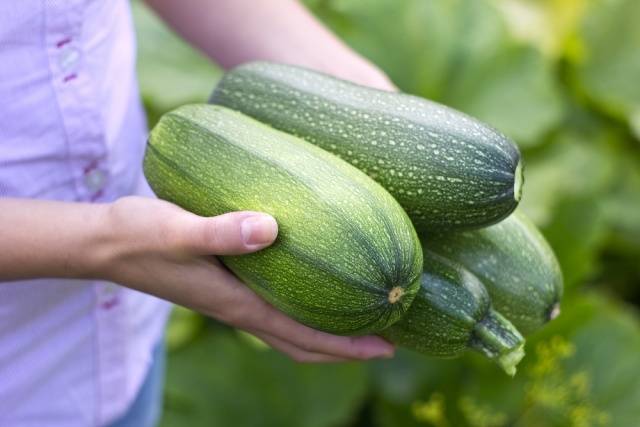
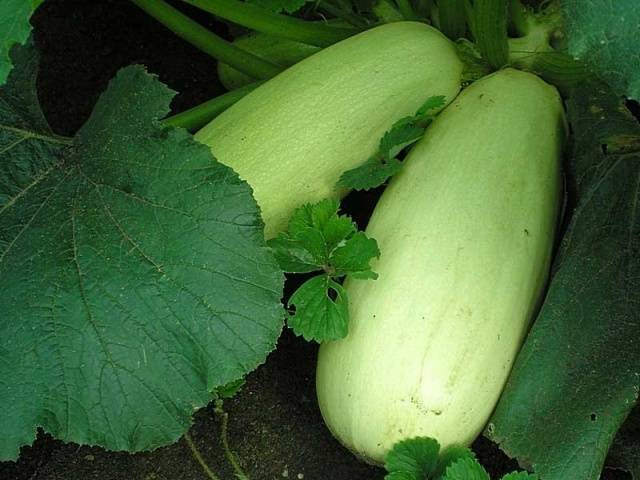
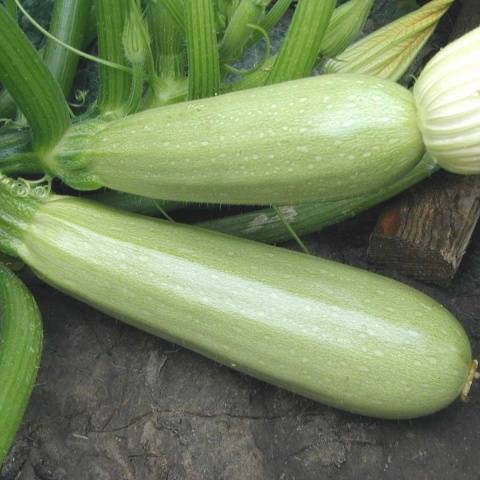
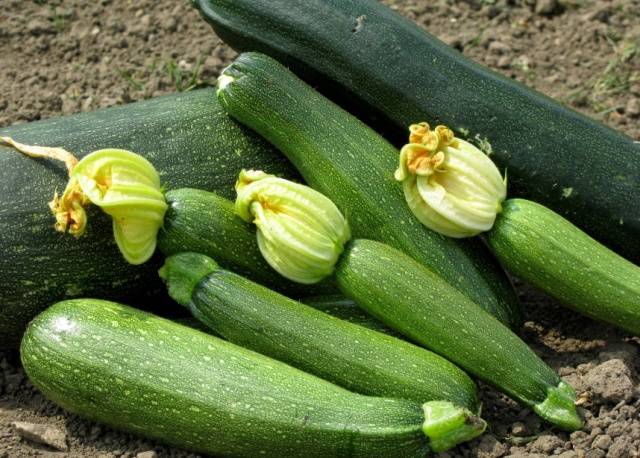
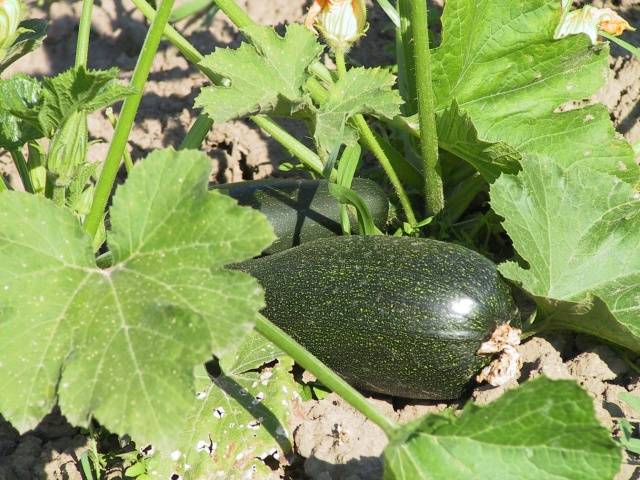
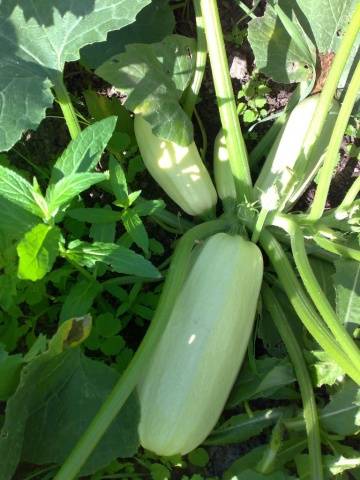
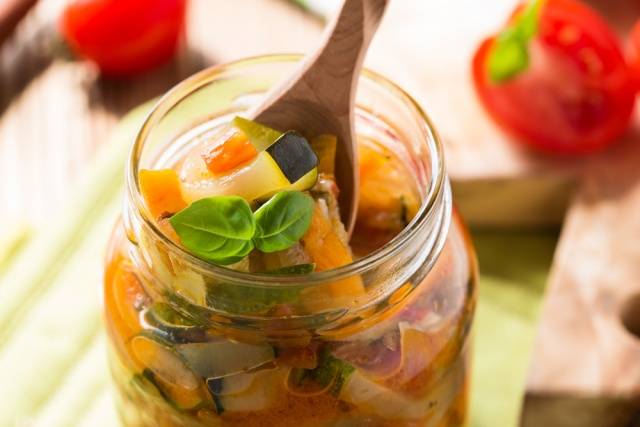
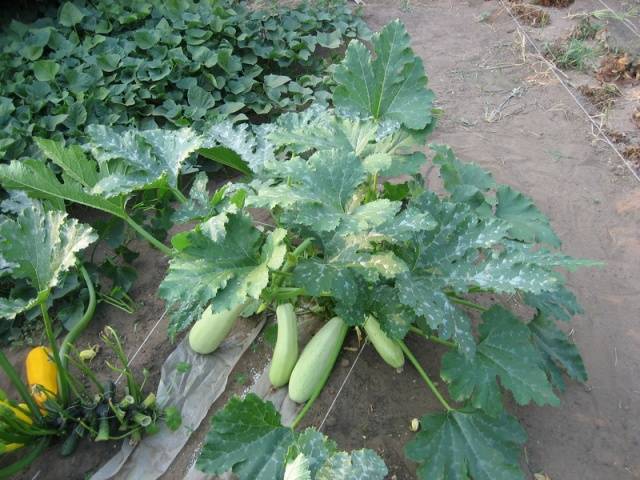
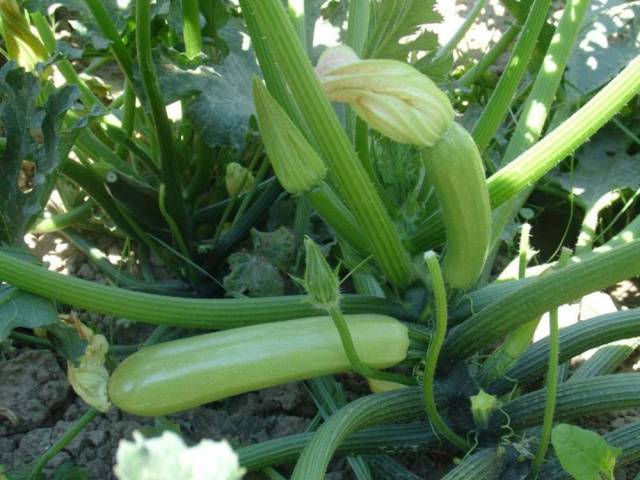
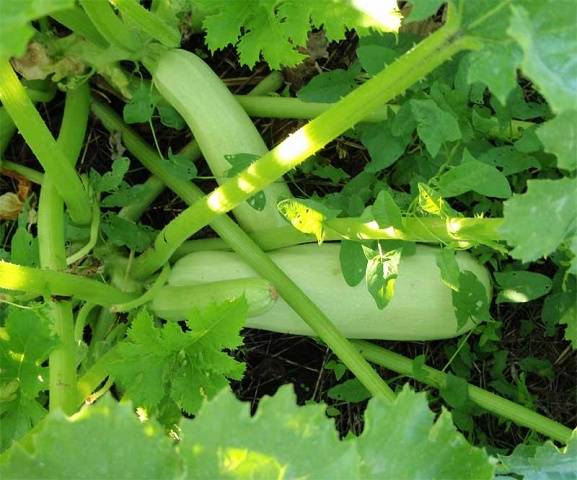
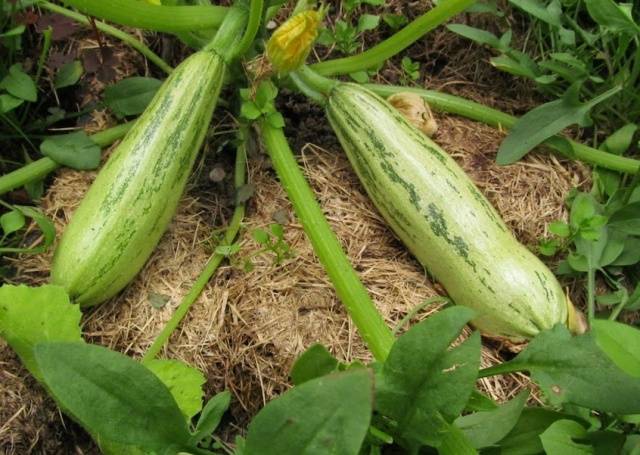
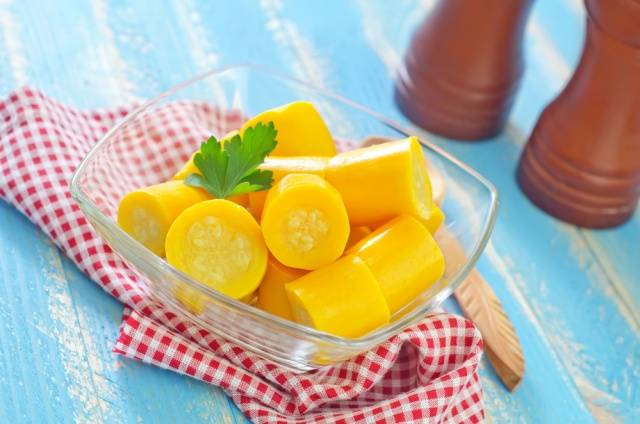
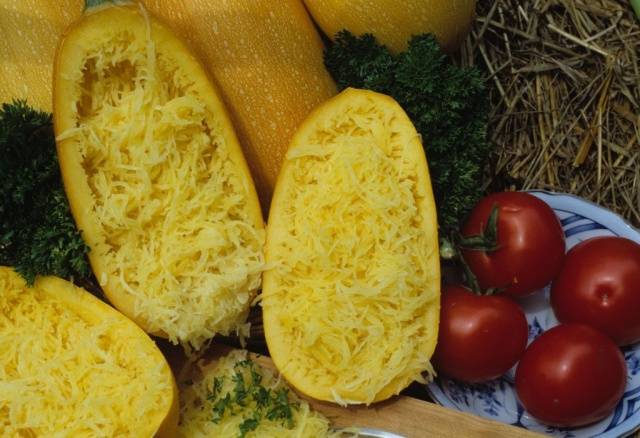
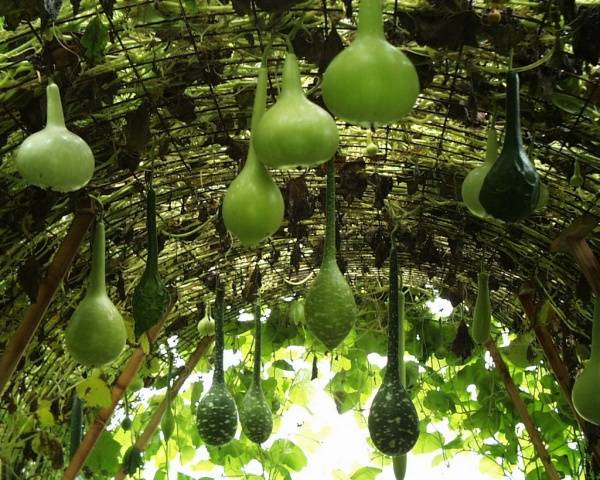
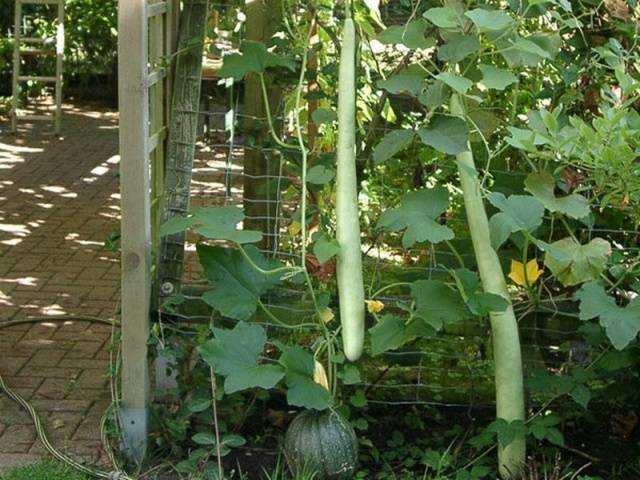

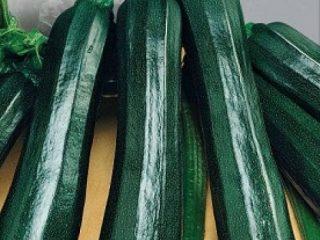
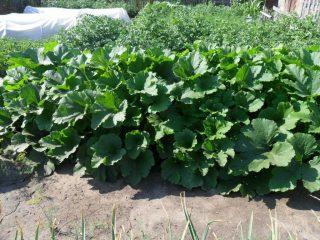
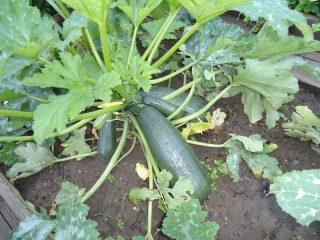

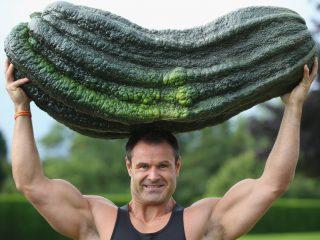

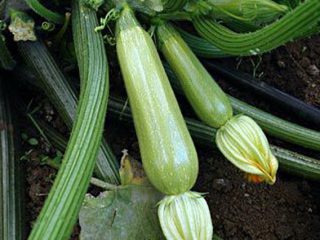

Thank you!!!